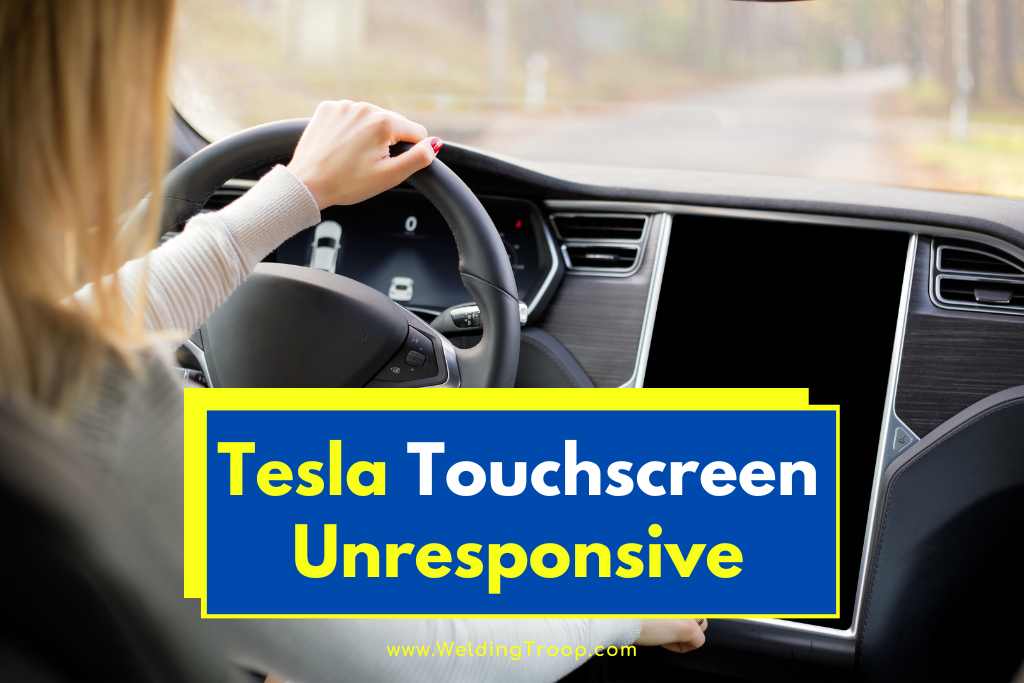Have you ever wondered why Tesla touchscreen is unresponsive and how to fix that? Well, we got you covered.
In today’s digital age, technology plays a crucial role in our everyday lives, and this includes the automotive industry. Tesla, a leading electric vehicle manufacturer, has revolutionized the way we perceive cars, with their cutting-edge technology and sleek designs.
However, like any other piece of technology, Teslas are not immune to occasional glitches and issues. One common problem that Tesla owners may encounter is an unresponsive touchscreen.
In this comprehensive guide, we will explore the causes of this issue and provide troubleshooting solutions to get your Tesla touchscreen back up and running smoothly.
Table of Contents
Understanding the Unresponsive Touchscreen Issue
Before delving into the solutions, it’s essential to understand the possible causes of an unresponsive Tesla touchscreen.
Several factors can contribute to this problem, ranging from software glitches to hardware malfunctions. Let’s explore these causes in more detail:
1. Software Glitches and Updates
Tesla vehicles rely on sophisticated software systems to power their touchscreens. Occasionally, these software systems can encounter glitches or bugs that lead to an unresponsive touchscreen.
Additionally, outdated software versions can also contribute to this issue. Regular software updates are released by Tesla to address known bugs and improve overall performance.
2. Faulty Touchscreen Unit
In some cases, the unresponsive touchscreen may be directly related to a faulty touchscreen unit. This could be due to a manufacturing defect or wear and tear over time.
If the hardware itself is the problem, it may require replacement or repair by a qualified technician.
3. Recall Issues
Tesla has occasionally issued recalls for specific models due to identified issues. These recalls may involve touchscreen-related problems that can cause unresponsiveness.
It’s important to stay informed about any recalls that may affect your Tesla model and take the necessary steps to address them.
4. Memory Degradation
Over time, the media control unit (MCU) in your Tesla may experience memory degradation. This can result in decreased responsiveness or freezing of the touchscreen.
Memory degradation is a natural process that occurs with regular use and can affect the overall performance of the touchscreen.
Now that we have a better understanding of the possible causes, let’s move on to the troubleshooting solutions for an unresponsive Tesla touchscreen.
Read also >> Tesla Location Not Updating (Here Is How To Fix)
Read also >> Tesla WiFi Not Working (Issues SOLVED!)
Troubleshooting and Solutions
1. Restart the Touchscreen
One of the simplest and most effective troubleshooting steps is to restart the touchscreen. This process can help resolve temporary software glitches that may be causing the unresponsiveness. Follow these steps to restart your Tesla touchscreen:
- Shift into Park to ensure the vehicle is stopped.
- Press and hold both scroll buttons on the steering wheel simultaneously.
- Continue holding the buttons until the touchscreen turns black and the Tesla logo appears.
- Wait for approximately 30 seconds for the touchscreen to restart.
2. Power Cycle the Vehicle
If restarting the touchscreen doesn’t solve the issue, you can try power cycling the entire vehicle. Power cycling involves completely turning off the Tesla and then turning it back on. Here’s how you can power cycle your Tesla:
- Shift into Park and open the driver’s door.
- On the touchscreen, go to Controls > Safety & Security > Power Off.
- Wait for at least two minutes to ensure all systems are off.
- Press the brake pedal or touch any button on the touchscreen to turn on the vehicle.
3. Check for Software Updates
Keeping your Tesla’s software up to date is crucial for optimal performance and bug fixes. Tesla regularly releases software updates that address known issues and introduce new features.
To check for software updates and install them, follow these steps:
- Go to Controls > Software on the touchscreen.
- Check if there are any available updates for your vehicle’s software.
- If an update is available, select “Install Now” or “Schedule Installation” to initiate the update process.
- Follow the on-screen instructions to download and install the software update.
4. Check for Recall Issues
As mentioned earlier, Tesla occasionally issues recalls for specific models to address known issues, including touchscreen-related problems. It’s essential to stay informed about any recalls that may affect your Tesla model. To check if your vehicle is affected by a recall, follow these steps:
- Visit the official Tesla website and locate the “Recall Lookup” tool.
- Enter your vehicle identification number (VIN) into the tool.
- If there is a recall that affects your vehicle, you will be notified of the issue and the necessary steps to resolve it.
- Contact your nearest Tesla service center to schedule an appointment for repair or replacement of affected parts.
5. Contact Tesla Support
If none of the above troubleshooting steps resolve the unresponsive touchscreen issue, it’s advisable to reach out to Tesla Support for further assistance.
Their knowledgeable support team can provide guidance and determine if additional measures are necessary to rectify the problem.
Conclusion
As a Tesla owner, encountering an unresponsive touchscreen can be frustrating. However, by understanding the possible causes and following the troubleshooting solutions outlined in this guide, you can effectively address this issue.
Remember to stay updated on software updates and any recalls that may affect your Tesla model.
By taking proactive steps and seeking assistance when needed, you can ensure that your Tesla touchscreen remains responsive and enhances your driving experience.

